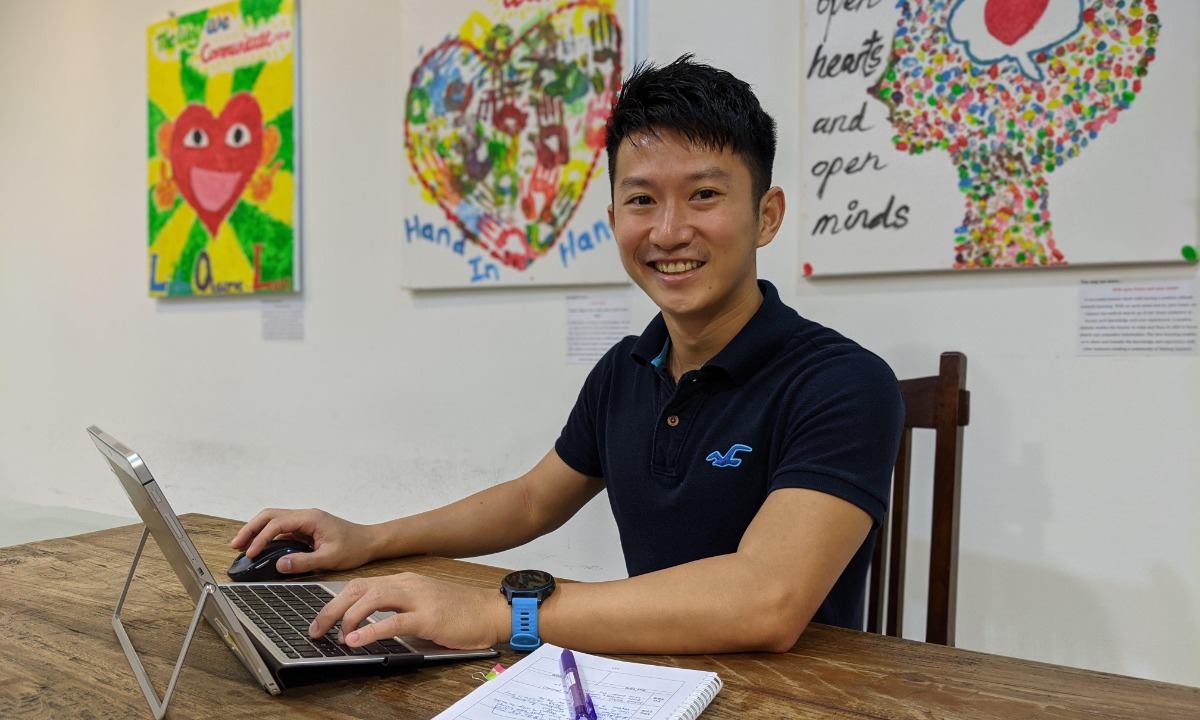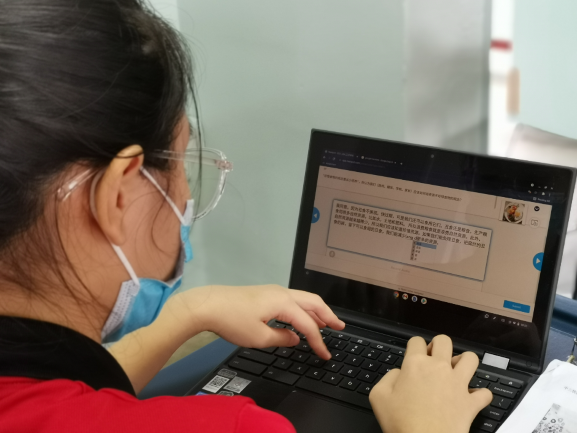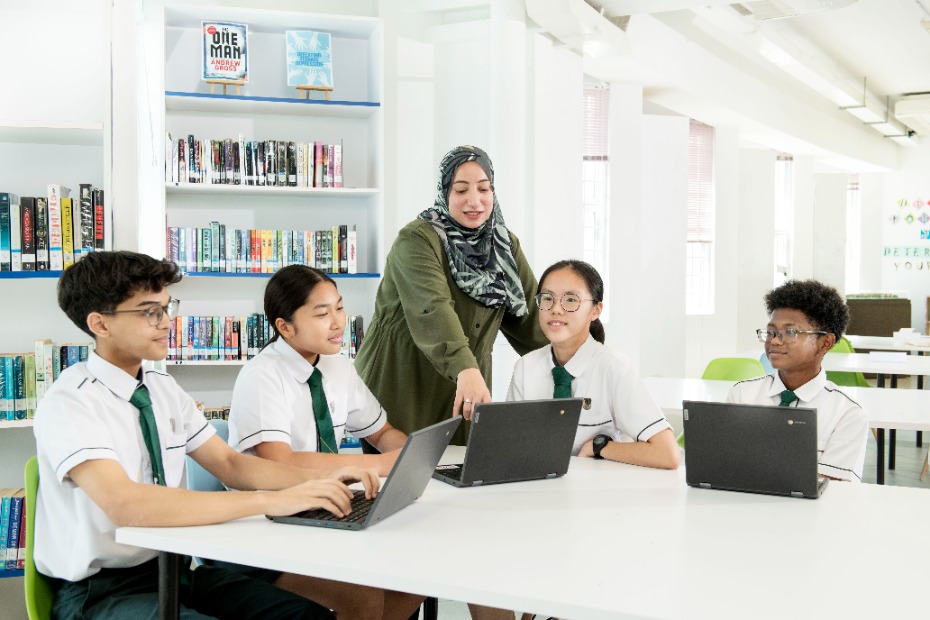In June, when we were alternating between Home-Based Learning and in-school lessons, I was asked this question by concerned parents: Science class lasts for an hour in school; why is my child taking more time to learn the same lesson when they are at home?
They were quite sure that their children were not spending time on computer games or unrelated websites when they were supposed to be learning either.
Their question bothered me. My initial assumption had been that online lessons should take less time. After all, we should be saving time otherwise taken up by classroom management, distributing worksheets and other random interruptions to the flow of the lesson.
I was also careful not to pack too much into my lessons as MOE had guidelines for the duration of online lessons. To answer the question posed by the parents, I examined the work submitted by my classes and talked to a few students.
Here’s what I realised (to my delight) – the lessons were taking more time because students were enjoying the assigned tasks.
More time for thinking
In June, I prepared a Science lesson package on the topic of Forces. The package was a mix of online HBL and in-class lessons – also known as Blended Learning.
To engage the kids and help them see the relevance of the topic, the lesson was designed to investigate the likely cause of a car accident on a rainy day. Students were invited to play the role of police investigation officers to find out why the car crashed, and in doing so, learn how forces work.
At home, students looked through newspaper clippings of the accident, and went through a couple of online activities to learn about the concepts e.g. gravitational and frictional force.
When they came back to school, we examined the topics in greater detail and discussed, for example, how the texture of different materials would result in a greater or smaller amount of frictional force, affecting how far an object would move before coming to a stop.
The whole lesson (both the home and in-class components) was hosted on an online platform, which allowed me to include not just videos, slides and your standard multiple-choice quizzes, but also interactive game-like elements like flip cards, jigsaw puzzles, drawings and even a maze activity. This was great as I could have a whole range of activities to draw from to assess my students’ understanding and keep them engaged.
Compared to normal lessons when time constraints would limit the number of students whom I could call on to answer questions, everyone could attempt the tasks and get immediate feedback with a laptop or tablet in hand.
Without the pressure of the class waiting for their answer, students were also able to digest the question and think through them more deeply. When they got the question wrong, they reflected on the question more, and tried again. Some of them told me they watched the embedded videos a couple of times to make sure they understood the concepts fully.
So yes, it took more time – but surely this was not a bad thing.
More time for exploration
After learning about the different factors that affected frictional force, I wanted students to find out more about how these factors could be observed around us.
Their assignment for the HBL week was to conduct a simple guided research on a few scenarios and apply their new knowledge in real-life contexts. They read up on road surfaces in Japan, how polar bears adapt to walk on ice and how the soles of basketball shoes are designed to prevent slipping. Those who were interested were also encouraged to learn about aquaplaning and its dangers.
Since the students were doing this on their digital devices at home, they could look up the terms they did not understand, and find out more on the internet easily.
Without the bell to remind them it’s time to end the lesson, they were exploring and discovering more on their own.
More time for collaboration
We teachers know the value of group work and the challenges of carrying it out in class. Besides having to spend time to form their groups, it is also hard to keep track of what’s going on in each group to ensure that everyone is contributing.
While there is still definitely value in face-to-face conversations, online collaboration has its advantages too. Students who are more quiet and shy are able to share their opinions and it is easy to track who has contributed – thus keeping the students accountable.

Students share their research findings on an online collaborative platform, and comment on each other’s work
Although I had asked the class to respond to each other’s findings, I was also pleasantly surprised to see how encouraging some of them were to their peers. Their comments also clearly show that the students are questioning, thinking critically, and applying their knowledge.
With their findings, students will put together a group presentation to propose how roads in Singapore can be made safer in order to reduce the number of accidents. For now, they have discussed some of the factors that affect road safety online – like the texture of the wheels, the weight and speed of the car and weather conditions. The in-class presentation will be a way for them to demonstrate all that they have internalised about the topic.
Reflections on Blended Learning
To answer the parents who were concerned about the time their children were spending on the computer, I told them this was because the students are learning. And if that takes more time, that’s fine.
The students were so engaged in the topic that they were taking time to reflect on what they had learnt, and reading up more on their own beyond what was assigned.
If they were not interested in the topic, they could have breezed through the assigned tasks in a short time.
Of course, screen time is an issue and it is important to ensure that they take breaks and balance their time between academics and other activities. As teachers, we have to be deliberate in our planning to see what tasks are most suited for HBL, and what should stay in class.
I also believe face-to-face teaching is important – to teach more complicated concepts, do hands-on activities or enable students to clarify doubts. In Science for example, we will definitely need lab sessions for students to try out experiments under the supervision of a teacher. In class, we also address students’ misconceptions on the spot to ensure that students leave the lesson feeling successful. During group work in class, students can also learn invaluable social skills that they may not pick up online.
More importantly, the teacher-student relationship that is built through face-to-face interaction is crucial to how students respond to us. Without that relationship as a basis, it will be harder for online instruction to succeed.
Overall, I am encouraged by how the students have reacted to the blend of online and in-class lessons so far. Anything that gets the students excited to learn – to me that’s a good use of time.





.jpg)
